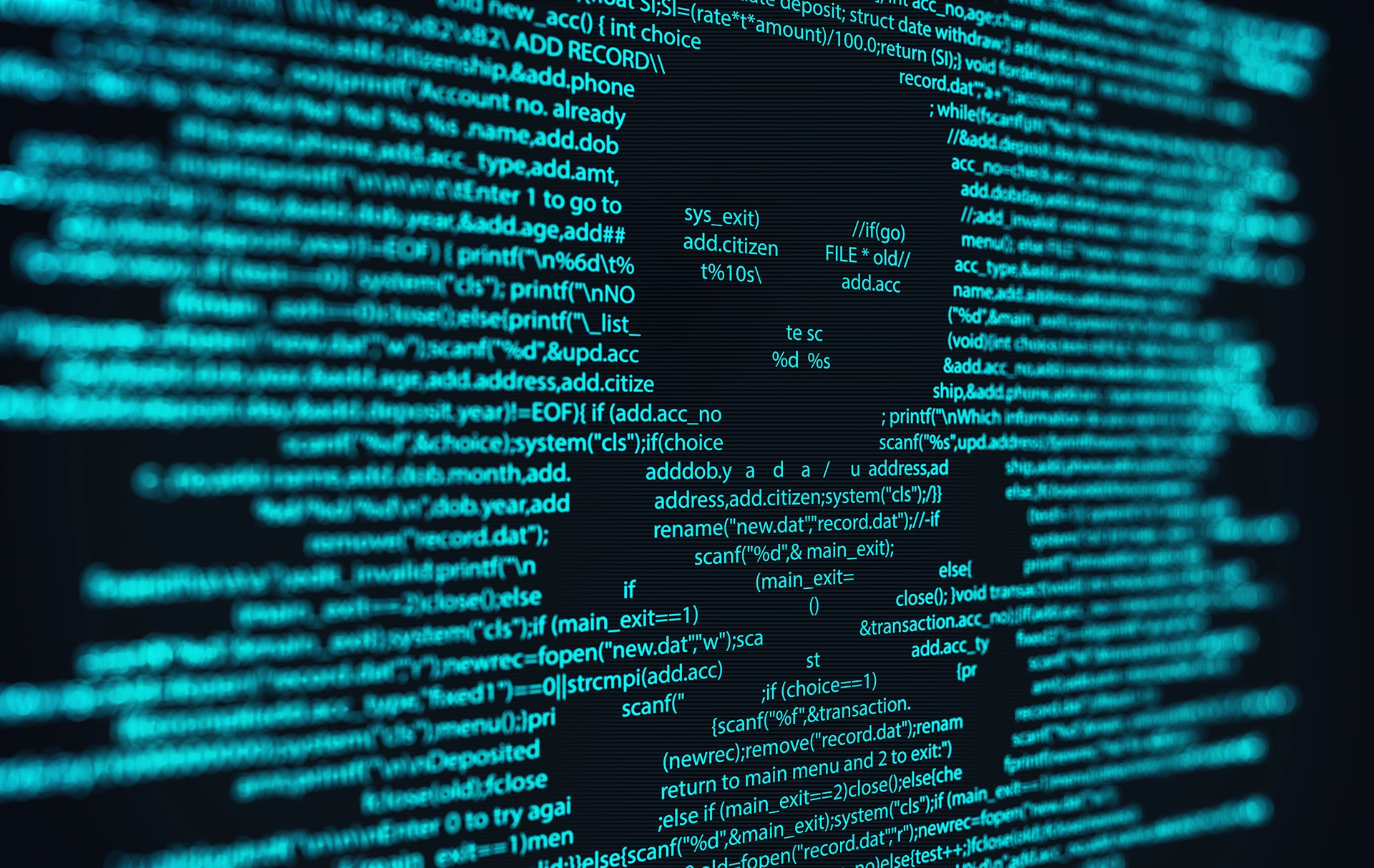Table of contents
- How viruses and malware can enter the corporate network
- The consequences of viruses and malware on the corporate network
- How to protect the corporate network from viruses and malware
- Protecting the corporate network is a continuous responsibility
Corporate networks are increasingly connected and complex, making them attractive targets for viruses and malware. These malicious software programs can compromise sensitive data, disrupt operations, and even damage the company’s reputation. Therefore, protecting the corporate network is of paramount importance.
How viruses and malware can enter the corporate network
Viruses and malware can infiltrate the corporate network in several ways, including:
- Unpatched operating systems
Vulnerabilities in outdated operating systems can be exploited by malware to gain access to the network.
- Malicious websites
Visiting compromised websites or clicking on infected links can download malware onto devices connected to the network.
- Infected mobile devices
If employees use infected mobile devices to access the corporate network, malware can spread throughout the network.
- Phishing attacks
Deceptive phishing emails can trick employees into revealing sensitive personal and corporate information or downloading infected attachments.
The consequences of viruses and malware on the corporate network
The consequences of a virus or malware infection on a corporate network can be devastating and far-reaching, causing financial, operational, and reputational damage. Understanding the severity of the threat requires examining the potential repercussions of such attacks in detail.
Financial impacts
- Data loss
Viruses and malware can encrypt, corrupt, or delete critical corporate data, leading to direct financial losses due to data restoration, system rebuilding, and implementing stricter network security measures.
- Service interruptions
Malware infections can overload systems, disrupt business operations, and cause productivity and sales losses. Companies may need to deploy significant resources to resolve issues and restore normal operations.
- Restoration costs
Cleaning an infected network can be a costly and time-consuming process, requiring the intervention of IT experts, the purchase of new software and hardware, and possibly replacing compromised devices.
Reputational damage
- Reputation damage
A high-profile cyber attack can severely damage a company’s reputation, eroding customer and partner trust, and leading to a loss of market share. Restoring the company’s reputation can take years and significant investment in marketing and public relations campaigns.
Operational impacts
- Productivity decline
Malware infections can slow down computers, disrupt applications, and hinder access to data, causing a significant reduction in employee productivity.
- Loss of sensitive information
Viruses and malware can steal sensitive information such as customer financial data, trade secrets, or employee personal data, exposing the company to legal risks and regulatory penalties.
- Supply chain disruption
Malware infections can affect supply chain systems, disrupting production, distribution, and product delivery, causing delays and potential financial losses.
- IT infrastructure damage
Sophisticated malware can damage or destroy critical IT infrastructure such as servers, routers, and firewalls, requiring expensive repairs or replacements.
Reputational impacts
- Customer trust loss
A cyber attack that compromises customer data can erode customer trust and loyalty, leading to sales losses and damage to the brand’s reputation.
- Public image damage
A high-profile cyber attack can attract negative media attention, damaging the company’s public image and making it perceived as insecure and unreliable.
- Business opportunity loss
Companies compromised by malware may be considered less reliable by business partners and potential investors, losing growth and collaboration opportunities.
- Increased legal actions
Companies that suffer data breaches due to malware may face legal actions from customers or interested parties, resulting in significant legal costs and compensations.
In addition to these immediate consequences, virus and malware infections can have long-term negative effects on a company’s ability to compete and innovate. Continuous investment in cyber security measures and a lack of trust from customers and partners can hinder the company’s future growth and development.

How to protect the corporate network from viruses and malware
To protect the corporate network from viruses and malware, a multi-layered approach is necessary, including:
- Cyber security training
Employees must be trained on the risks of viruses and malware and how to identify and avoid them.
- Using antivirus and anti-malware software
Updated antivirus and anti-malware software must be installed on all devices connected to the network.
- Regular operating system updates
Operating systems and applications must be regularly updated to close security vulnerabilities.
- Implementing a firewall
A firewall can block malicious traffic attempting to access the network.
- Using a Virtual Private Network (VPN)
A VPN encrypts network traffic, protecting data when employees connect to the network remotely.
- Regular data backups
Regular backups of corporate data ensure the ability to restore information in the event of a cyber attack.
- Network monitoring
The network should be regularly monitored for suspicious activity that could indicate a malware infection.
Protecting the corporate network is a continuous responsibility
- Limit network access
Grant network access only to employees and devices that need it.
- Use strong and unique passwords
Employ a strong and unique password strategy for all corporate accounts.
- Disable unnecessary administrative privileges
Limit administrative access only to users who need it.
- Properly dispose of data storage devices
Properly dispose of corporate data storage devices to prevent data loss.
FAQ
- How do I know if the corporate network is infected with viruses?
Some signs that may indicate the presence of viruses or malware in the corporate network include:
- Decreased performance
The network or individual computers may run slower than usual. - Increased network traffic
A sudden increase in network traffic may indicate that malware is sending spam or using the network for other malicious purposes. - Error messages
Frequent error messages or system crashes may occur. - Corrupted or missing files
Files may be corrupted or missing, indicating a virus infection. - Anomalous software behavior
Software may behave abnormally or not respond to commands.
- How can I defend against viruses in the corporate network?
In addition to the protection measures already mentioned in the previous article, it is also important to:
- Regularly install security updates
Ensure that all operating systems, applications, and antivirus software are updated with the latest security patches. - Regularly scan the network for malware
Use a malware scanner to regularly scan the network for viruses, worms, and other malware. - Regularly back up data
Regularly back up corporate data to ensure recovery in case of a cyber attack. - Report suspicious activity
Immediately report any suspicious activity on the network to the IT manager.
- What should I do if I find a virus in the corporate network?
If a virus or malware infection is suspected in the corporate network, it is important to act immediately:
- Disconnect the infected device from the network
Immediately disconnect the infected device from the network to prevent the malware from spreading. - Perform an antivirus scan
Run a complete scan of the infected device with updated antivirus software. - Remove the malware
If the antivirus software detects malware, follow the instructions to remove it from the device. - Report the incident
Report the incident to the IT manager and follow corporate procedures for managing cyber security incidents.
- How can I prevent future virus attacks?
In addition to the aforementioned measures, it is also important to:
- Raise employee awareness of cyber risks
Provide regular training to employees on cyber risks and how to protect themselves from viruses and malware. - Implement a strict password policy
Require employees to use strong and unique passwords for all corporate accounts. - Keep security softwares updated
Ensure that all security software, including firewalls and antivirus software, is updated with the latest virus definitions. - Conduct regular penetration tests
Regularly conduct penetration tests to identify and fix network vulnerabilities.
By protecting the corporate network from viruses and malware, companies can reduce the risk of costly disruptions, data loss, and reputational damage.

